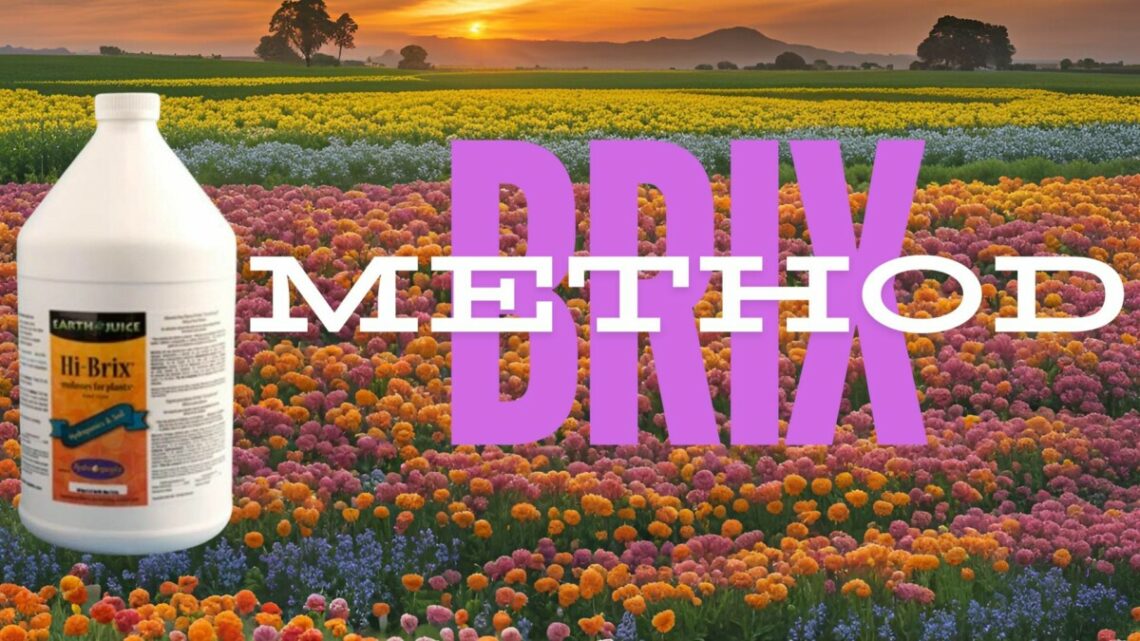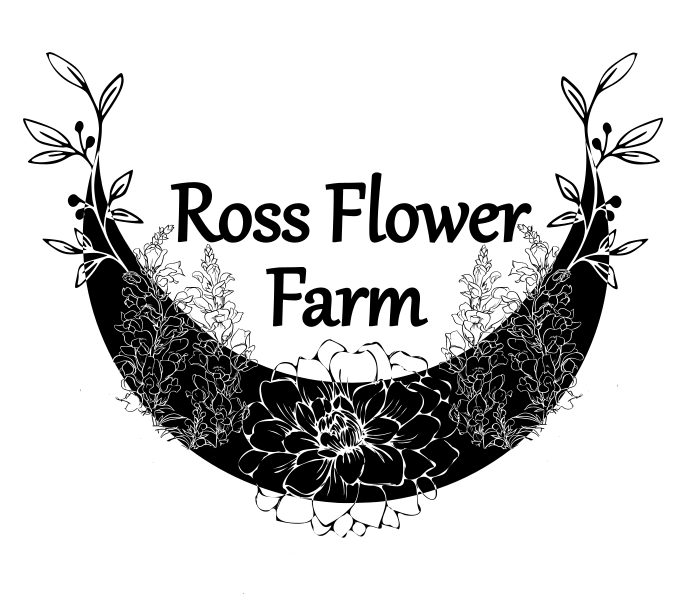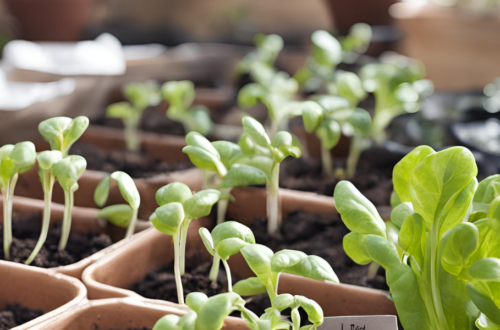
The Brix Method: A Sustainable Approach to Pest Control
Pest control is a critical aspect of agriculture and gardening, but traditional methods often rely heavily on chemicals that can harm the environment and pose risks to human health. In recent years, sustainable alternatives have gained popularity, and one such method that has garnered attention is the Brix Method. Developed by Jason Brix, this approach emphasizes natural solutions and aims to restore balance to ecosystems while effectively managing pests.
Understanding the Brix Method
The Brix Method revolves around the principle that healthy plants are more resistant to pests and diseases. By focusing on enhancing soil health and plant vitality, this method aims to create an environment where pests are less likely to thrive. Here’s a detailed look at how to implement the Brix Method step by step:
Step-by-Step Procedures
1. Soil Testing and Amendment:
- Soil Testing: Begin by testing the soil to understand its current nutrient levels and pH. This helps in determining specific deficiencies that may contribute to plant stress and susceptibility to pests.
- Amendment: Based on the soil test results, amend the soil with organic materials such as compost, manure, or organic fertilizers to improve soil structure and fertility. This step aims to provide plants with the necessary nutrients for robust growth.
2. Plant Selection and Placement:
- Select Resilient Varieties: Choose plant varieties that are well-suited to the local climate and soil conditions. Resilient plants are less likely to succumb to pest infestations.
- Companion Planting: Practice companion planting by placing mutually beneficial plant species together. This can help deter pests naturally and enhance biodiversity.
3. Monitoring and Observation:
- Regular Monitoring: Inspect plants regularly for signs of pests or stress. Early detection allows for prompt intervention before pest populations escalate.
- Observation of Plant Health: Pay attention to the overall health of plants. Strong, healthy plants are better equipped to fend off pests and diseases.
4. Biological Control:
- Encourage Beneficial Insects: Introduce or conserve beneficial insects such as ladybugs, lacewings, and parasitic wasps that prey on pests. This promotes a natural balance and reduces the need for chemical interventions.
- Attract Pollinators: Pollinators contribute to ecosystem health and aid in plant reproduction. Plant flowers and herbs that attract pollinators to support biodiversity.
5. Nutrient Management:
- Foliar Feeding: Apply foliar sprays of nutrient-rich solutions to boost plant health. This method delivers nutrients directly to leaves, enhancing their resilience and ability to resist pests.
- Balanced Nutrition: Maintain balanced nutrition through regular applications of organic fertilizers or compost tea. Balanced nutrition strengthens plants and reduces their susceptibility to pest attacks.
6. Integrated Pest Management (IPM):
- Cultural Practices: Implement cultural practices such as crop rotation, proper spacing, and mulching to minimize pest habitats and prevent infestations.
- Mechanical Control: Use physical barriers, like row covers or traps, to deter pests from accessing plants. Handpicking pests when feasible can also be effective.
7. Continuous Improvement:
- Record Keeping: Keep records of pest outbreaks, interventions used, and their effectiveness. This information helps refine strategies over time and improve outcomes.
- Adaptation: Adapt methods based on seasonal changes, evolving pest pressures, and feedback from plant health observations.
Benefits of the Brix Method
The Brix Method offers several advantages over conventional pest control approaches:
- Environmental Sustainability: Reduces reliance on synthetic chemicals, minimizing harm to beneficial organisms and ecosystems.
- Cost-Effectiveness: Long-term savings by reducing inputs like pesticides and fertilizers.
- Enhanced Soil Health: Builds soil fertility and structure, supporting long-term plant health.
- Resilient Plants: Promotes plant resilience and vitality, reducing the need for interventions.
Using Brix Molasses for Plants: Benefits and Application
Brix molasses, often referred to as liquid molasses or liquid sugar, is a natural and beneficial substance that can significantly enhance plant health and vigor when used appropriately. Derived from the sugar refining process, molasses is rich in carbohydrates, minerals, and trace elements that plants require for optimal growth. Here’s a detailed guide on how to use Brix molasses and what benefits it offers to plants:
Benefits of Brix Molasses for Plants
- Nutrient Source:
- Carbohydrates: Molasses contains sugars like sucrose, glucose, and fructose, which serve as energy sources for plants. These sugars are readily absorbed and used for various metabolic processes, enhancing overall plant vigor.
- Minerals and Trace Elements: Molasses also contains essential minerals such as iron, potassium, magnesium, and calcium, along with trace elements like manganese, copper, zinc, and sulfur. These nutrients are crucial for plant growth and development.
- Soil Biology Improvement:
- Microbial Activity: The sugars in molasses stimulate microbial activity in the soil. Beneficial microorganisms such as bacteria and fungi thrive on these sugars, promoting soil health and nutrient cycling.
- Humus Formation: Molasses aids in the decomposition of organic matter, contributing to the formation of humus. Humus improves soil structure, water retention, and nutrient availability to plants.
- Enhanced Plant Growth:
- Root Development: Molasses encourages root growth and enhances root exudation, which improves nutrient uptake and water absorption by plants.
- Foliar Absorption: When applied as a foliar spray, molasses can be absorbed directly through the leaves, providing a quick source of energy and nutrients.
- Pest and Disease Resistance:
- Induced Systemic Resistance (ISR): Molasses promotes ISR in plants, which is the ability of plants to resist diseases and pests through natural mechanisms. Enhanced plant health from molasses application can reduce susceptibility to various stressors.
How to Use Brix Molasses on Plants
1. Soil Application:
- Dilution: Mix 1-3 tablespoons of molasses per gallon of water (approximately 15-45 mL per 4 liters of water).
- Application: Water plants with the molasses solution, ensuring thorough coverage of the root zone. Apply every 2-4 weeks during the growing season.
- Quantity: Use about 1 gallon (4 liters) of diluted molasses solution per 100 square feet (9 square meters) of garden bed or planting area.
2. Foliar Spray:
- Dilution: Dilute 1-2 tablespoons of molasses in 1 gallon (4 liters) of water.
- Application: Spray the molasses solution directly onto the leaves of plants early in the morning or late in the afternoon to avoid leaf burn. Ensure coverage on both sides of the leaves.
3. Seedling Treatment:
- Seed Soaking: Soak seeds in a diluted molasses solution (1-2 tablespoons per gallon of water) for 1-2 hours before planting. This can help improve germination rates and early seedling vigor.
4. Compost Activator:
- Mixing: Add 1-2 tablespoons of molasses per gallon of water to activate compost piles. The sugars in molasses accelerate the decomposition process and enhance nutrient availability in compost.
5. Hydroponic Systems:
- Hydroponic Solution: Add 1-2 teaspoons of molasses per gallon of nutrient solution in hydroponic systems. The sugars support beneficial microbial populations in hydroponic media.
Precautions and Considerations
- Dilution: Always dilute molasses before applying to plants to prevent excess sugar buildup, which can attract pests and potentially harm plants.
- Timing: Apply molasses during the active growing season for best results. Avoid application during periods of dormancy.
- Quality: Use organic, unsulfured molasses for optimal plant benefits. Avoid products with additives or preservatives.
Brix molasses is a versatile and effective tool for enhancing plant health and vitality through natural means. By incorporating molasses into your gardening practices, you can promote robust growth, improve soil quality, and bolster plant resistance to pests and diseases. This natural approach not only supports sustainable gardening but also contributes to healthier, more resilient plants in your garden or farm.
In conclusion, the Brix Method represents a holistic and sustainable approach to pest management that prioritizes soil health, plant vitality, and ecological balance. By implementing this method step by step, gardeners and farmers can cultivate healthy crops while minimizing environmental impact and maximizing long-term sustainability.
Through careful observation, thoughtful planning, and natural interventions, the Brix Method not only controls pests but also fosters thriving ecosystems where plants and beneficial organisms coexist harmoniously. Embracing such methods marks a significant step towards sustainable agriculture and a healthier planet.






